Kabuto [helmet]: Six-plate russet iron bowl with raised gilt copper ridges, terminating in a five-tiered tehen kanamono in the typical chrysanthemum shape,
russet iron mabisashi,
black lacquered fukigaeshi [returns] applied with copper tsuki-hana mon [moonflower crests]
, gilt copper fukurin [ornamental border],
four-tiered black lacquer itamono-jikoro [solid plate neck guard] with close lacing in blue braid, the gilt and black lacquer maedate [fore-crest] in the shape of a hyotan [gourd
]Hanbo [half mask]: The typically shaped russet iron hanbo with a pronounced jaw, a three-tiered lacquered sabiji-nuri [simulated russet iron] yodaregake [throat protector] with close-knit blue braid lacing
DO [breastplate]: The do [breastplate] of collapsible iron with a chained panel hammered in uchidashi [repoussé] with a peony flower next to a pair of karashishi , other panels in the form of kikko [turtle shell] plates connected by chain mail and leather lacing, seven five-tiered dekusazuri [skirt] tassets with spaced lacing in dark blue braid
Kote [sleeves]: Shibuichihyotan-gote [sleeves with gourd ornaments, signed Haruta Katsumitsu , blue silk liningHaidate, sune-ate [thigh and shin protectors]: Chain mail thigh protectors, Shino Suneate
Accessories: Sashimono [banner] in the shape of a double gourd, armor storage box in equipped wood
The *gourd (瓢箪 – *hyōtan* or *hisago*)* in the iconography of *samurai armor* has a *strong symbolism* that is at once *martial, religious and supernatural*. Here are its main meanings:
1. *Symbol of magical protection* - In traditional Japanese beliefs, the gourd was supposed to *repel evil spirits*. - It was sometimes used as an *amulet* attached to the armor (often at the belt or helmet level), to *protect the warrior in battle*.
- 2. *Military and tactical symbol* - The famous general *Toyotomi Hideyoshi* used a *golden gourd (金瓢 – kinbyō)* as a *military standard*. - Its emblem, called *"senari hyōtan" (千成瓢箪)*, represented *six gourds* in a cluster — a sign of *accumulated victories*. - This usage made the gourd a *symbol of military success and rallying* for his troops.
3. *Buddhist and Taoist symbol* - In *Taoism and esoteric Buddhism*, the gourd is a sacred object: - It contains *longevity potions*, or *imprisons harmful spirits*. - The mythical monk *Chōchin Obake* or the *Chinese immortal hermits (仙人 – sennin)* are often depicted with a gourd.


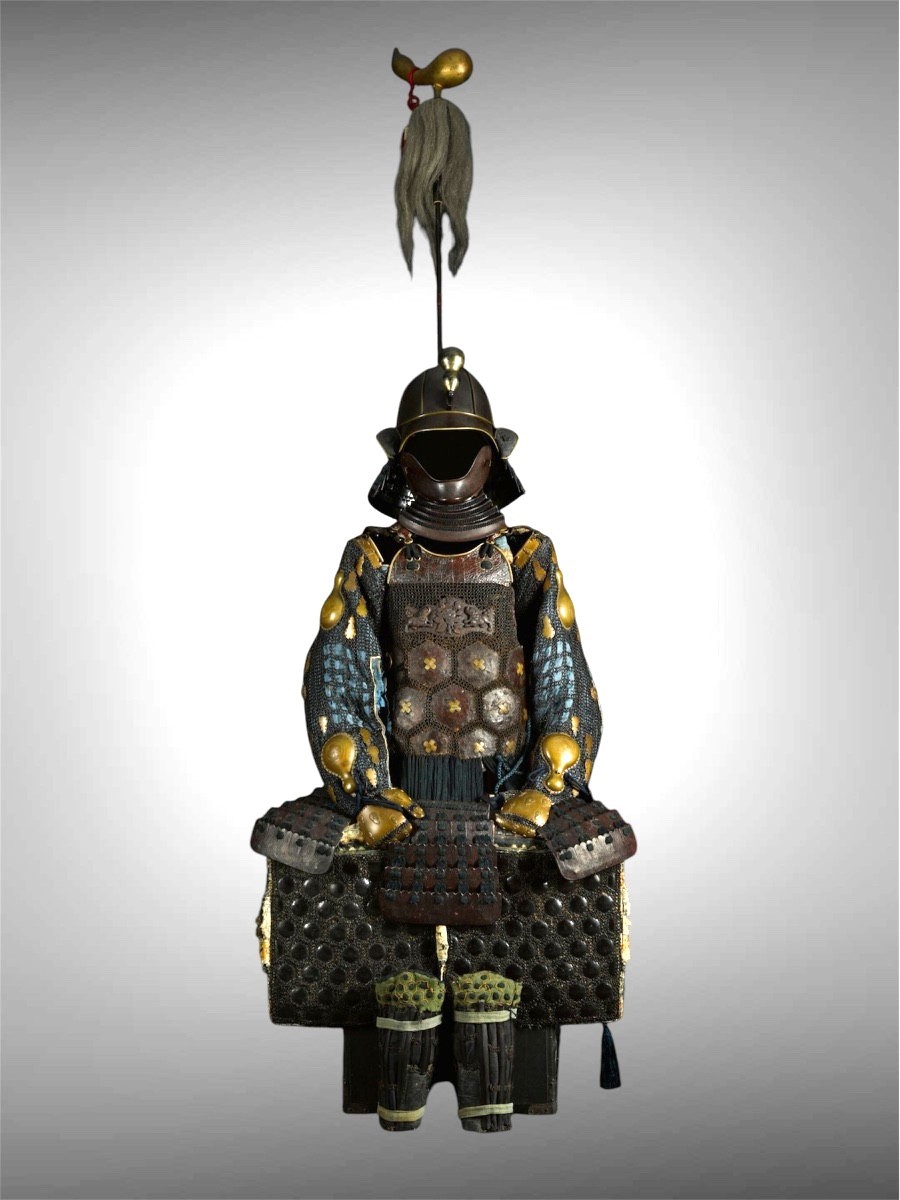

























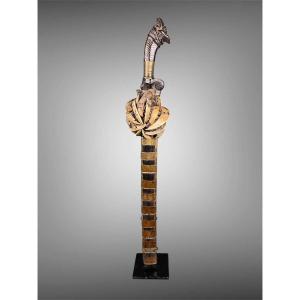



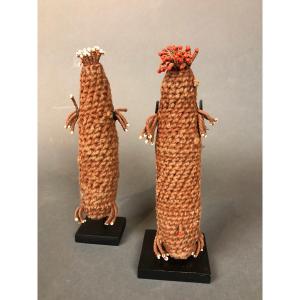

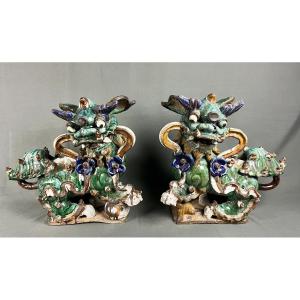
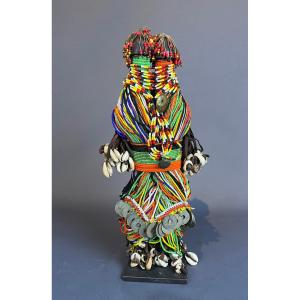

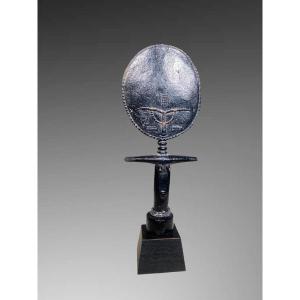




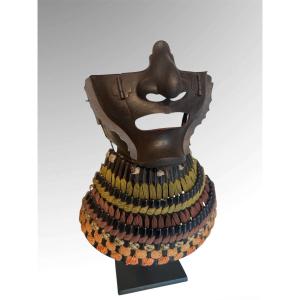
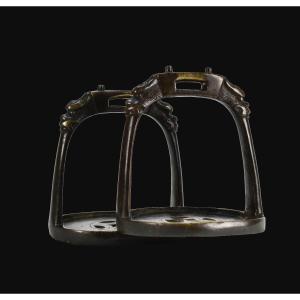


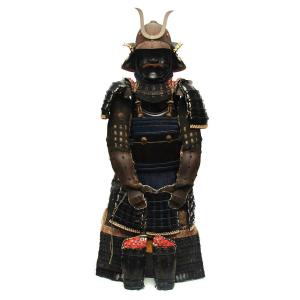



 Le Magazine de PROANTIC
Le Magazine de PROANTIC TRÉSORS Magazine
TRÉSORS Magazine Rivista Artiquariato
Rivista Artiquariato